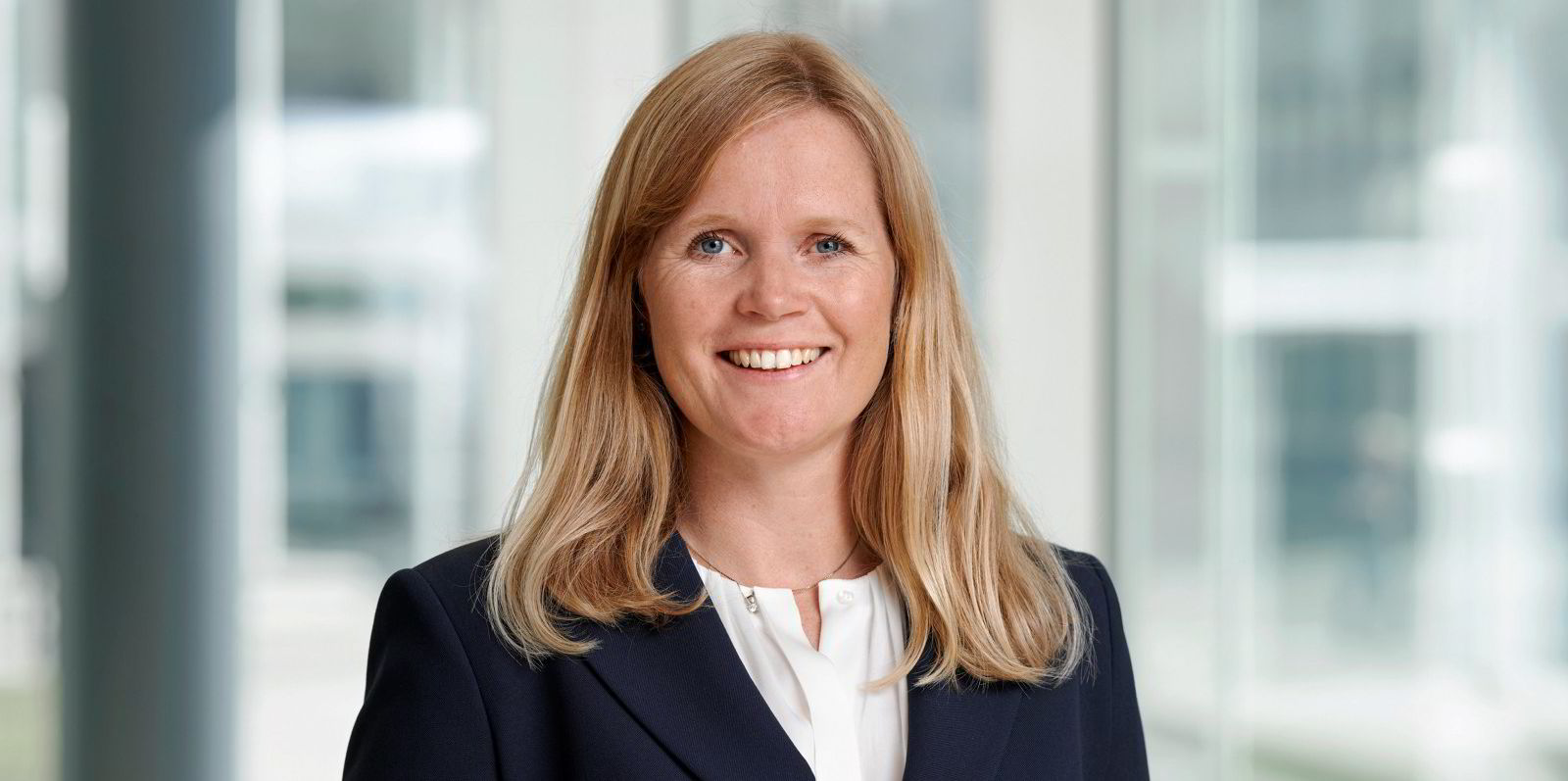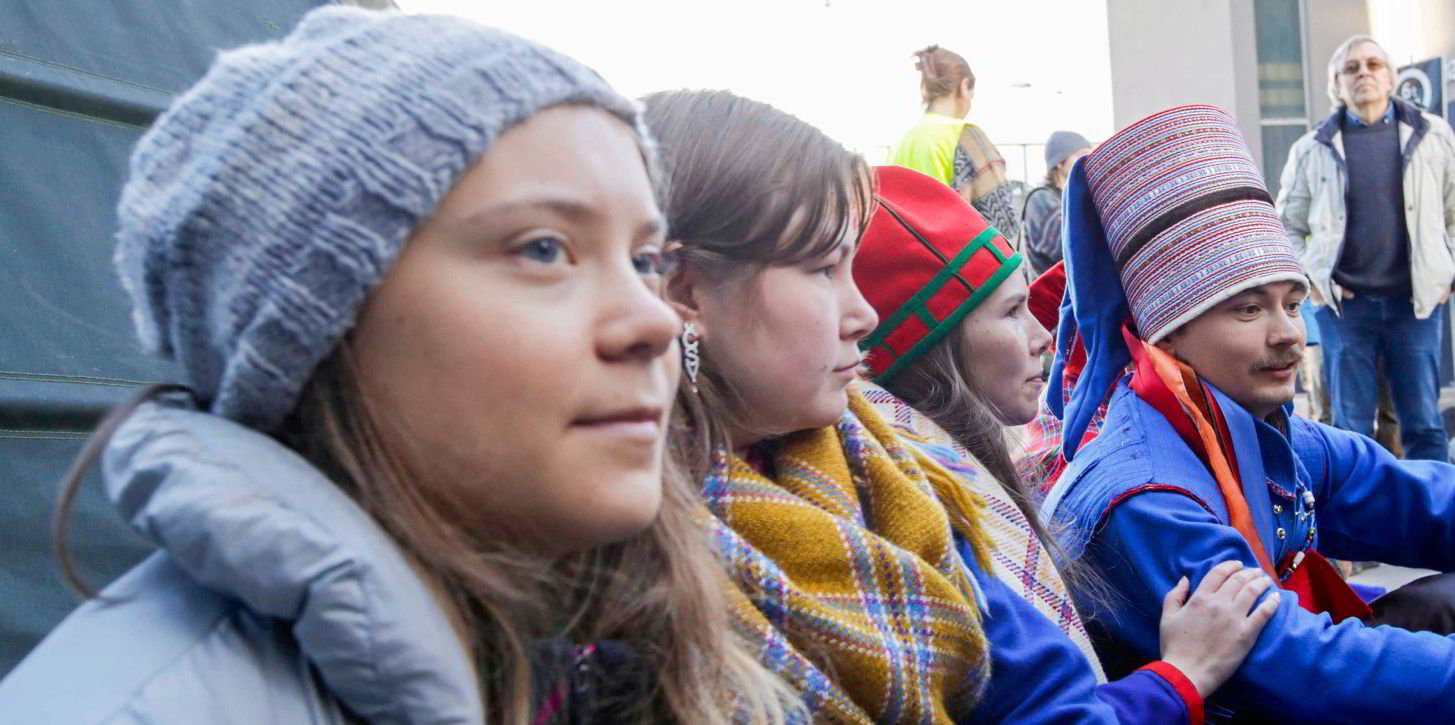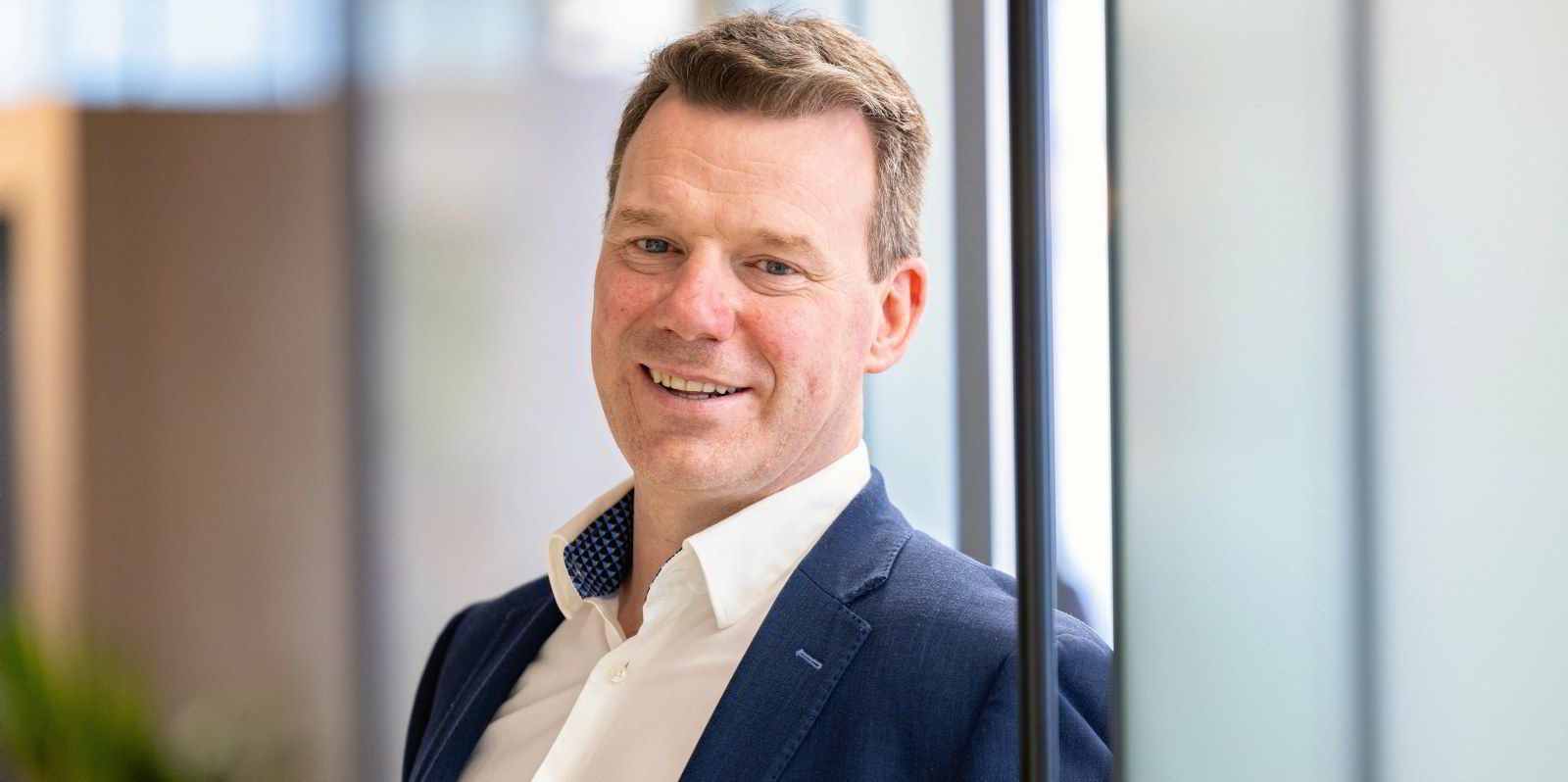Statkraft’s incoming CEO Birgitte Ringstad Vartdal has up to now served as executive vice president for the Nordic region, which has been the cash cow for the Norwegian state-controlled green power giant.
The region contributed NKr31.4bn ($3bn) to the group’s underlying operating profit (Ebit) of NKr41.4bn last year, thanks in great part to the company’s vast hydropower assets in Norway, but also due to its rising wind power base at home and in neighbouring Sweden.
“Statkraft is today the largest producer of wind power in Norway,” Vartdal told Recharge in an interview last month. The utility in January announced a “largest of its kind” €6bn ($6.6bn) investment spree in Norwegian wind and hydro.
Of the overall amount, about €1bn is earmarked for the repowering of existing and the construction of new wind farms on land, aimed at doubling the company’s Norwegian wind output from its current 2.5TWh.
But Statkraft won’t stop there, Vartdal revealed, with the Norwegian group planning a huge expansion of wind on land and sea in the Nordics and far further afield.
“If you look at our longer time horizon, our ambition is to also increase the investments in wind beyond this.”
Statkraft already part-owns Norway’s 1GW Fosen wind complex, which is also among Europe’s largest (second only to Sweden’s Markbygden wind complex, if that is counted as one development).
Lessons from reindeer herders
Fosen has also been one of Statkraft’s biggest challenges, due to the fierce resistance against part of the wind complex by indigenous Sami reindeer herders, who were successful with a 2021 court ruling that said part of the development infringed their human rights.
Statkraft late last year agreed to pay one group of reindeer herders millions of dollars up to 2045 to avoid having to tear down the 288MW Storheia farm, a sub-project of Fosen, following a campaign that saw global climate icon Greta Thunberg joining protests against the wind farm.
The conflict provided valuable lessons for Statkraft, which is planning to expand its wind power base in other Sami regions, such as the Finnmark in northern Norway.
“In general, Norway needs to find good solutions for both reindeer herding and the development of new wind farms,” Vartdal said.
“That is not only a topic for Statkraft, but I think it's a topic for Norwegian society. We very much try to engage early and learn also from Fosen. And when you look at Finnmark, the regulator NVE, is running a coordinated process not only for our projects but also for other projects.
“They are trying to find a way to prioritise between the projects and have a good dialogue with the reindeer herders. We are hoping that the combination of these initiatives will help us in finding good solutions, both for the reindeer herders, but also for Norway's need for more wind power to avoid conflict.”
Statkraft through its agreement to pay the reindeer herders millions avoided having to dismantle Storheia, but at a cost.
“We believe that it's still a profitable project, but at what level and that is not something we provide any information on,” Vartdal said.
Swedish volumes and politics
Beyond Norway, Statkraft also has ambitious expansion plans for wind power in neighbouring Sweden, where it acquired two giant development pipelines late last year.
In onshore wind, Statkraft bought a 16GW pipeline from Svevind Nordic, which also includes the 600MW Hästliden project within the Markbygden area. In Swedish offshore wind, the utility bought an even larger pipeline, of 21GW.
“We have acquired a large pipeline of early-phase projects, the majority in the northern part of Sweden. We see that the Swedish industry has large ambitions for new activities, hydrogen, green steel, etc.,” Vartdal told Recharge.
“So, we think that there will be an increase in demand and we will mature the best of these projects first and develop them. We really want to contribute to the development of new wind in Sweden, as well as in Norway and other markets.”
But while in Norway there are potential conflicts with native reindeer herders in onshore wind, in Sweden the challenges could rather be political. The far-right populist Sweden Democrats, on whose votes in parliament the current centre-right minority government depends, have been hostile to new onshore wind, and to offshore wind if it is too close to the coast.
Vartdal has outlined a cautious policy on how to deal with the populists.
“It is for us the same approach I would say in Sweden and other countries. It is really about engaging earlier with the environment around the potential project that is impacted, and working with the stakeholders,” she said.
“It's really about explaining the impact, explaining the benefits etc., working with the surroundings.
“In general, we are of course working with industry associations. We are working with engaging with stakeholders across. But we are not specifically approaching that challenge or that party or anything.”
Most of the Swedish onshore and offshore pipeline is in early stages of development (apart from Hästliden) and expected to be operational in the 2030s.
Her company is well-positioned to contribute to the green transition and create jobs not only in Norway, but also internationally, Vartdal stressed today.
“Climate change and the need for energy security increase the demand for renewable energy while technology development and scale reduce costs,” she said.
“This provides opportunities for continued strong and profitable growth as long as we continue to work as efficiently, safely, and sustainably as possible.”





